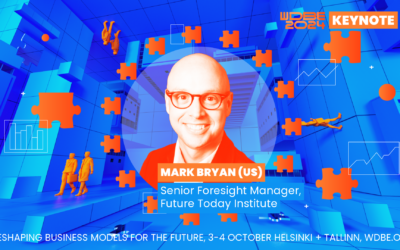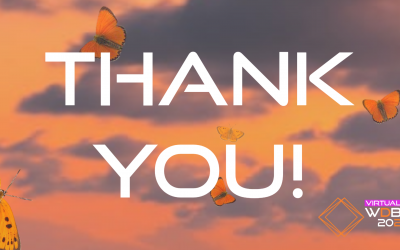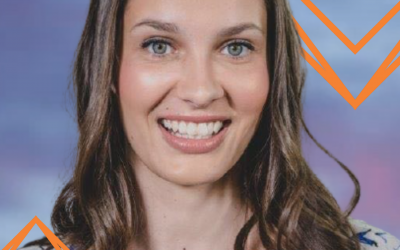Wellbeing in The Built Environment – An Interview with Dr. Marta Fernandez

We took the time to sit down with Dr. Marta Fernandez of RMIT Europe in the runup to WDBE 2020. Our conversation covered how we are building our spaces, what needs to change, and the importance of considerate design.
Could you tell us a little bit about your professional history and what drew you to the field of urban design?
So my background is a little left field as I’m a chemical engineer by training. I have a doctorate degree in accelerated carbonation to produce secondary aggregates for the construction industry. And I got into urban design the first time I heard the head of foresight at Arup speak about the future of the built environment and environmental sustainability.
I was fascinated by the topic and it tied into research I was undertaking about the selection of sustainable materials and carbon sequestration. I ended up working with Arup for eight years after that and was lucky enough to be involved with some fantastic projects about transforming cities and driving a positive impact in the built environment through engineering sustainable solutions.
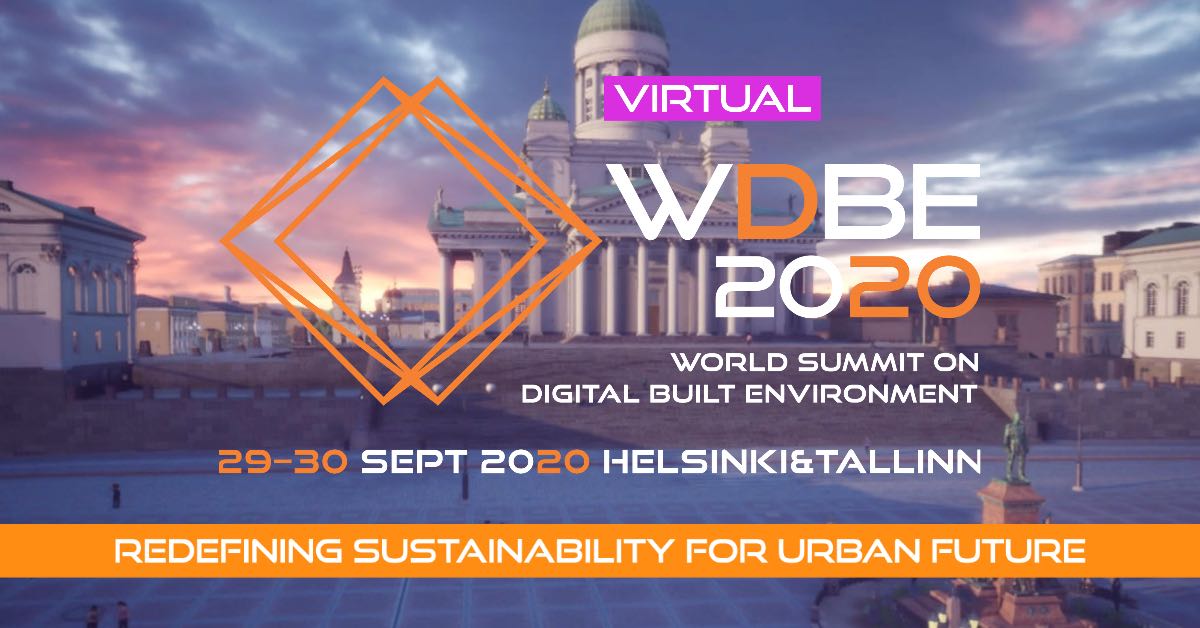
WDBE2020 offers 8 high-profile keynotes, 14 professional sessions, matchmaking & more!
Hear Jakob Strømann-Andersen’s keynote at World Summit on the Digital Built Environment 2020! WDBE2020 brings together experts from the public and private sector globally – thousands of professionals from 45+ countries have already taken part in the pre-events as we are preparing for the WDBE Summit main event in September – get your ticket (199+VAT) now!
What exactly is RMIT Europe and what goals do you aim to accomplish?
RMIT Europe is the European hub of the Royal Melbourne Institute of Technology (RMIT) and I joined around five years ago. We’re a polytechnic with very strong internationalization links and we’ve secured a campus in Vietnam and IA Hub in Barcelona. Our work aims to establish cooperation between the industry and with other academic partners around Europe and we recruit students from Europe into Australia and Vietnam.
A big part of our focus is research and innovation and many of the projects that we work on are related to the established Sustainable Development Goals. So we have projects around citizens’ participation into the impact of technology, green infrastructure, climate change, migration, open innovation for clean tech, and food technologies, amongst others.
I’m also fortunate enough to act in a research advisory role for the International Well Building Institute. They are an American institute that have developed standards and criteria for assessing built spaces and how conducive they are when it comes to health and wellbeing. This started by looking at commercial real estate but has broadened into the impact of school buildings and infrastructure.
What are some of the biggest challenges you’re seeing in the industry?
Currently, dialogue is changing. There’s a stronger focus on sustainable development goals across all approaches and industries. This is set to heavily influence the future of the construction industry and social sustainability is increasingly becoming part of that conversation about the spaces and buildings we create. This means considering the needs of our aging population, integrating nature into the built environment, and other elements that arise as our understanding deepens.
However, the bottom line for many still is cost savings and efficient operation. There was some transformation years back when we became aware of carbon neutrality and carbon impact.
I think that the transformation today is that people are starting to realize that you need to design buildings for people.
We’re starting to get glimpses of decision makers ensuring their designs are user centric and that they’re folding the right people into the planning and design processes. This means considering the cultural factors that help tech adoption, and other unique variables. I think that’s when you start to get a glimpse of real change in our cities and spaces.
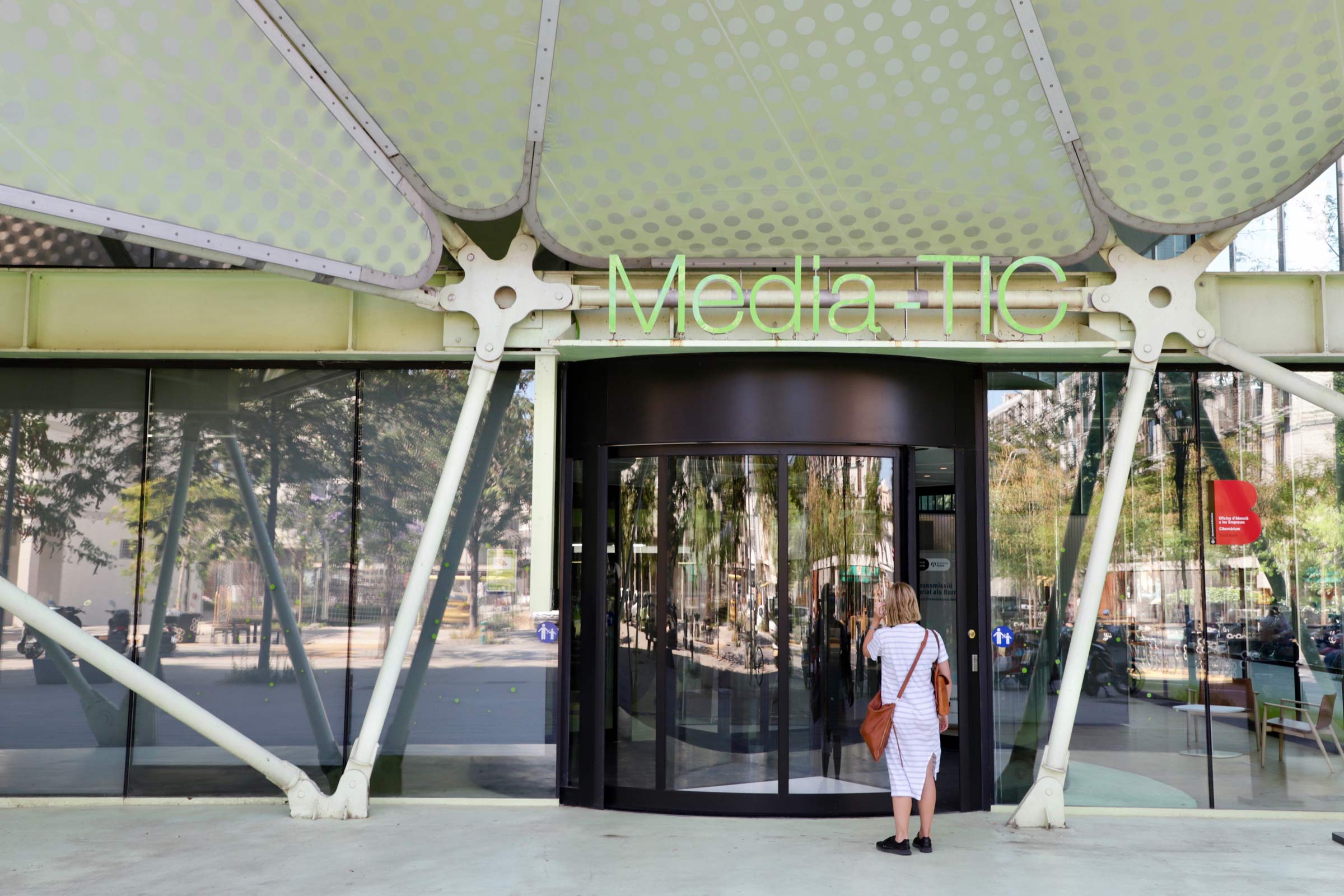
So, how should we be changing our cities?
Keeping people at the center of our understanding is vital. We need to create spaces that are conducive to wellbeing but also try to understand the needs of the users. This means that they are not just designed to influence behaviors but to understand what’s fit for purpose.
Maybe that’s using anthropologists or ethnographers to understand and validate how people behave. Then we can look at how people are going to use proposed technologies before you start developing or employing other options.

What do you think has had the biggest impact on urban sustainability that you’ve seen in your career?
Obviously, regulation has proved important when it comes to driving the right behaviors in the industry. But we also have to be mindful of unintended consequences.
For example, we can find ourselves considering nature-based solutions in cities and enforcing regulations to ensure developments have a required green element. But this can mean certain areas of the city become gentrified and you start encountering issues around affordable housing. So, regulation is important – but you need to think about it holistically.
The strong stance taken during Covid-19 has also reshaped our cities to a certain extent, and it isn’t a very sophisticated transformation. In many cities, they’ve given the streets back to people and there’s suddenly more space for pedestrians and cycling lanes. All without incurring massive investment. It’s just being able to take a stance and make the most out of what’s available and needed in our cities today.
What developments in the built environment excite you the most at the moment?
It’s well-publicised, but one of the most exciting things happening currently is digital twins. The ability to use a digital model to gather feedback and feed back to physical models in real time is exciting. It helps optimize daily operation, and life-long performance through digital transformation that’s very interesting to me.
Obviously, researchers and professionals in our sector are using machine learning every day to understand our approach and personal preferences for engagement. But the recent capacity to translate that into processes for the places where we live is an exciting development.
Finally, can you just give us a clue what you’re going to be talking up for WDBE 2020 in September?
I’m still toying with various concepts, but I would like to focus on smart liveability. This should include a focus on the critical role technology plays in the built environment and the importance of focusing on social sustainability.
That means centering around buildings for people, health, and wellbeing. I think there needs to be a point of realization for many institutions that you can improve productivity when you understand human behavior when creating better spaces. No matter if it’s commercial real estate or office buildings; investing in the benefits for people will bring benefits for business. You can do good and do better for the business.
WDBE2020 Updates
Digital Transformation of the Built Environment Sets New Requirements: Future Today Institute Expert Sheds Light on Future Prospects at WDBE2024 Summit
Mark Bryan, Senior Foresight Manager at the Future Today Institute, which focuses on strategic foresight, has been confirmed as a speaker for the World of Digital Built Environment (WDBE) 2024 Summit.
A message from Teemu Lehtinen on behalf of the WDBE2020 organising team
I want to thank all the amazing 522 attendees for joining us in this years’ virtual summit. I also want to thank all of our dear partners, keynote speakers and the community behind the magnificent presentations we were able to witness during our 2-day Summit.
Data guides sustainability decisions at YIT
Data and sustainability are both mega trends in the built environment discourse. Consequently, they have both been important development themes at YIT.

